23 Farm Animal Coloring Pages
I never thought I’d be creating this passionate love letter (or I would rather say “art book”) to farm animals, but here we are. You see, it all started with a cow named Daisy.
I mean, sure, I could’ve spent my time on serious adult tasks like learning how taxes work, but instead, I found myself coloring in a chicken with rainbow feathers and a pig in a tutu.
And you know what?
I have no regrets.
If you’ve ever wanted to give a sheep a bright purple wool coat or wondered what a tractor would look like in neon pink (it’s fabulous, by the way), you’re in the right place.
Welcome to my corner of the internet, where farm animals get the dazzling, over-the-top makeovers they never knew they needed.
Whether you’re 5 or 55, it’s time to grab your crayons, markers, or even that glitter gel pen you’ve been saving for a special occasion.
Let’s bring some pizzazz to the pasture, one coloring page at a time. Ready? Let’s make that barnyard sparkle!
Farm Animal Coloring Pages
1
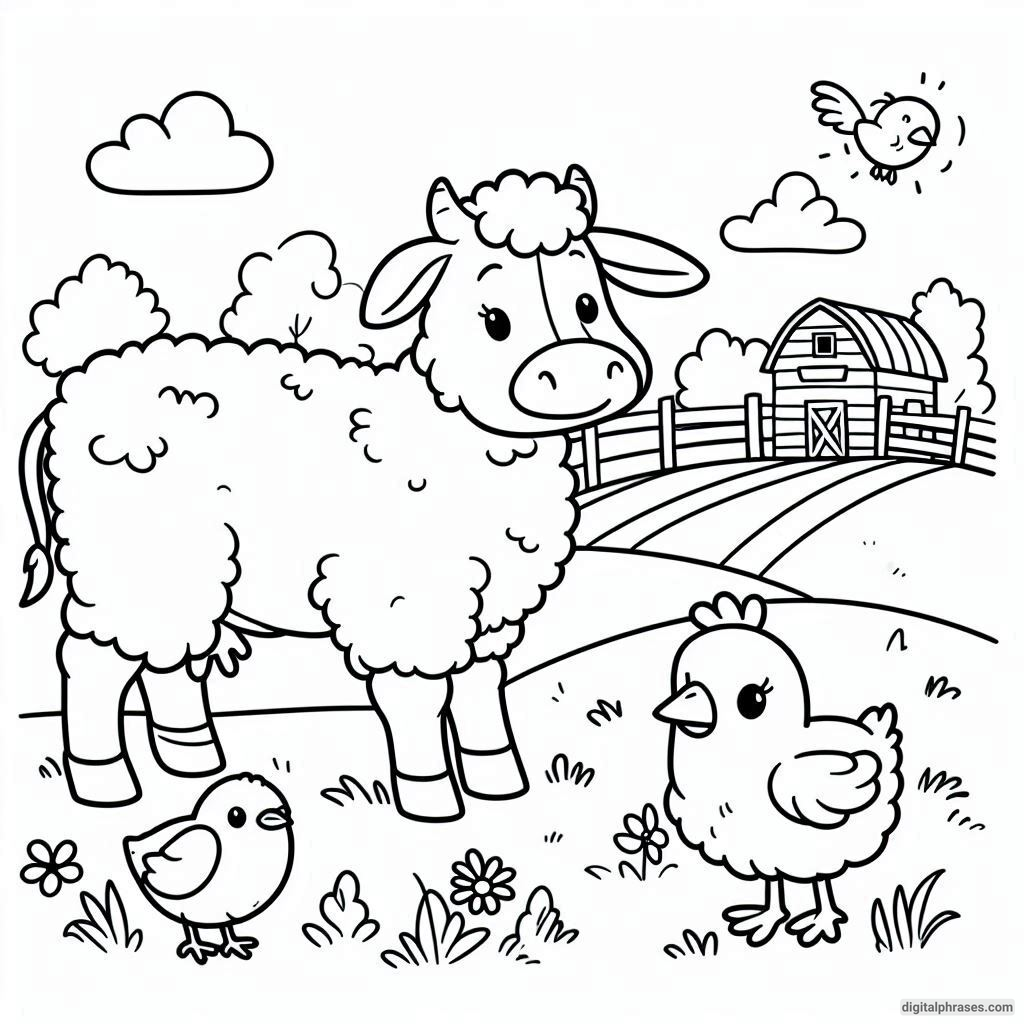
2
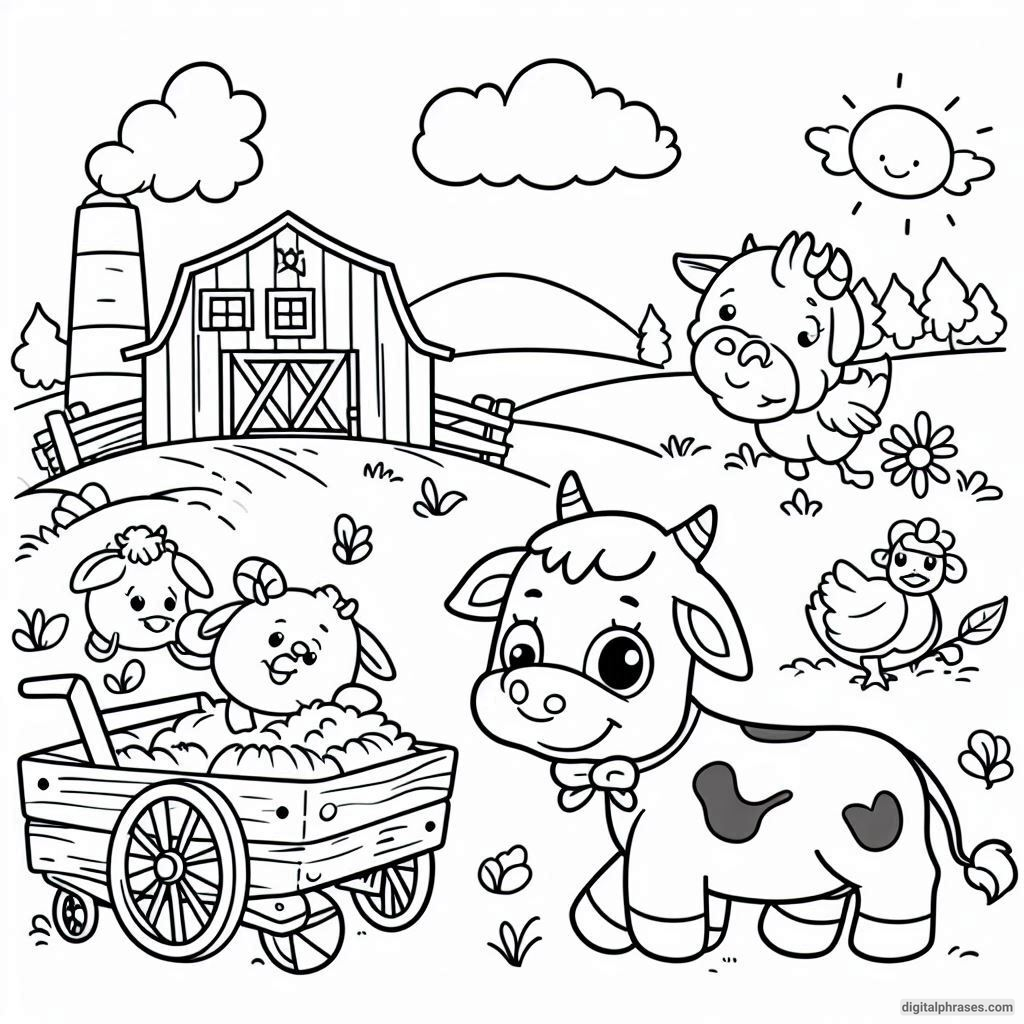
3
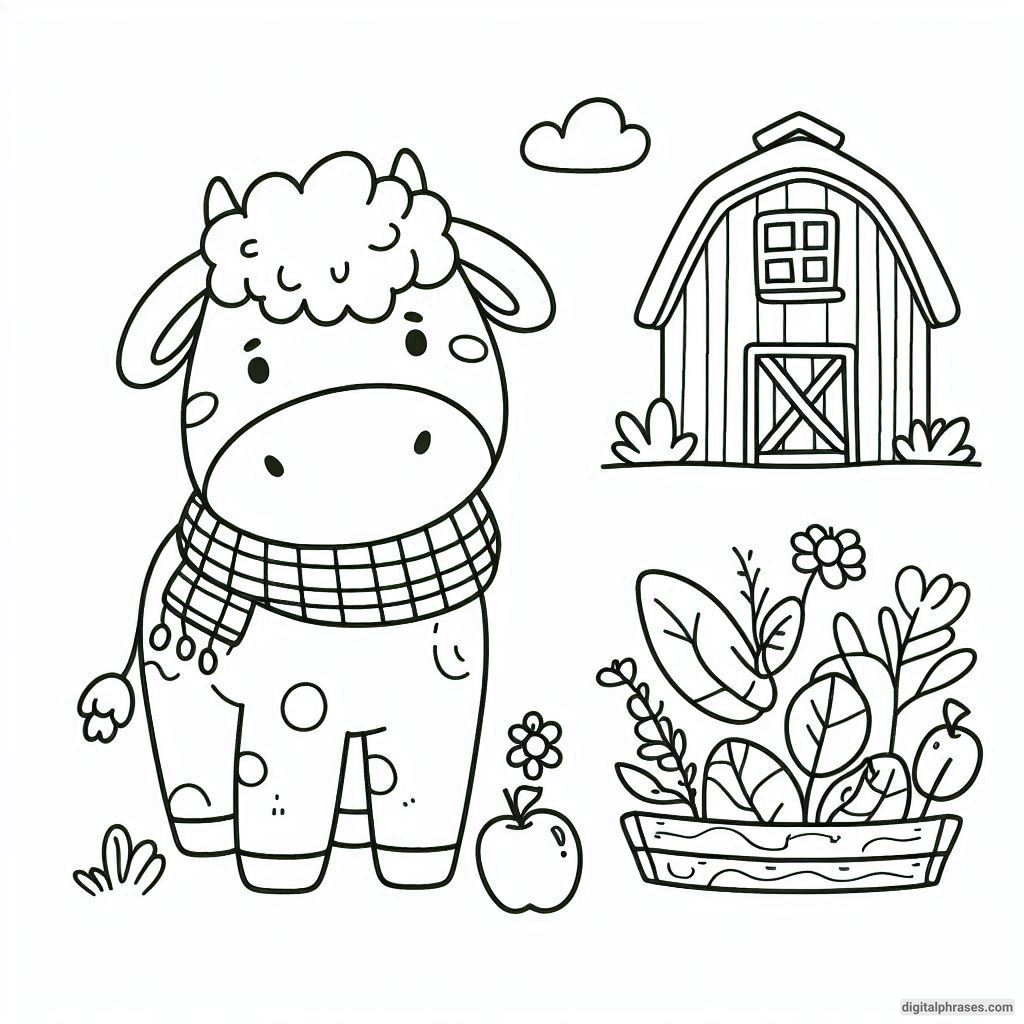
4
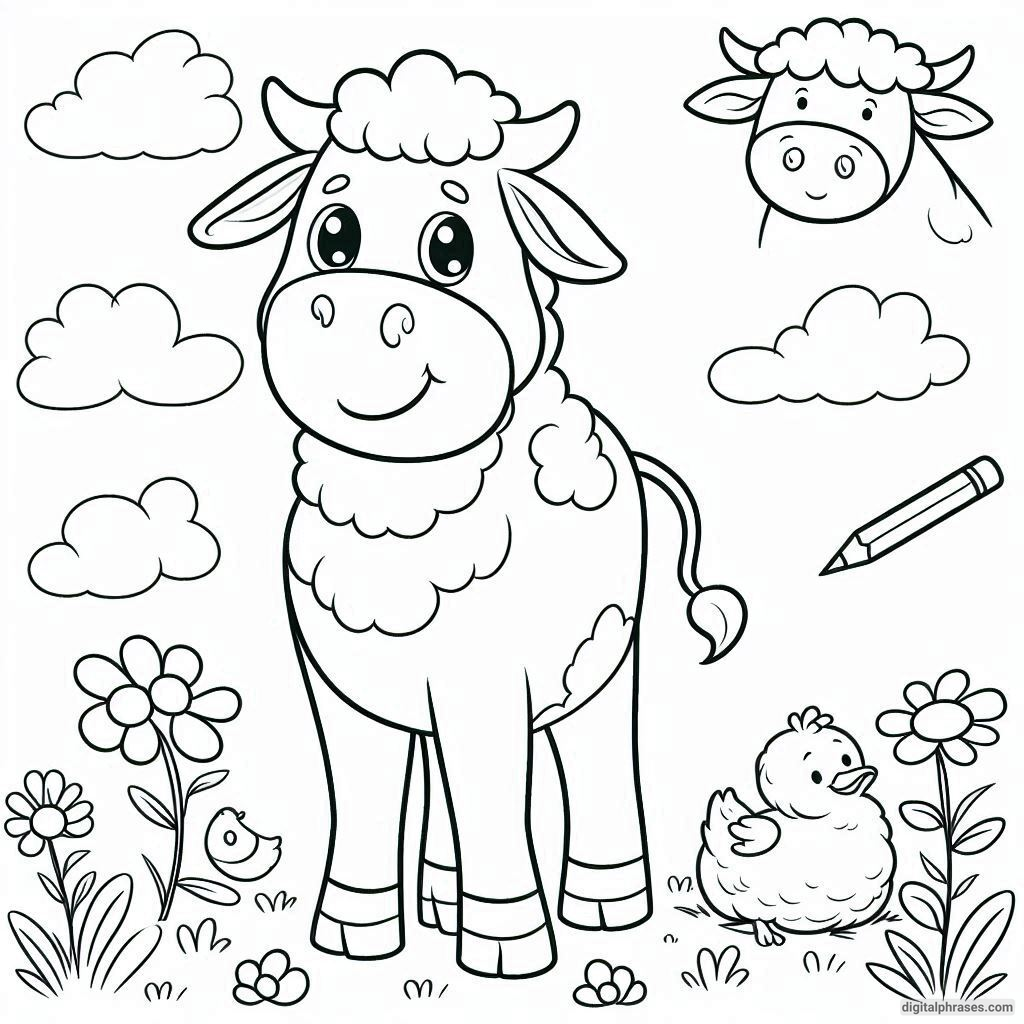
5
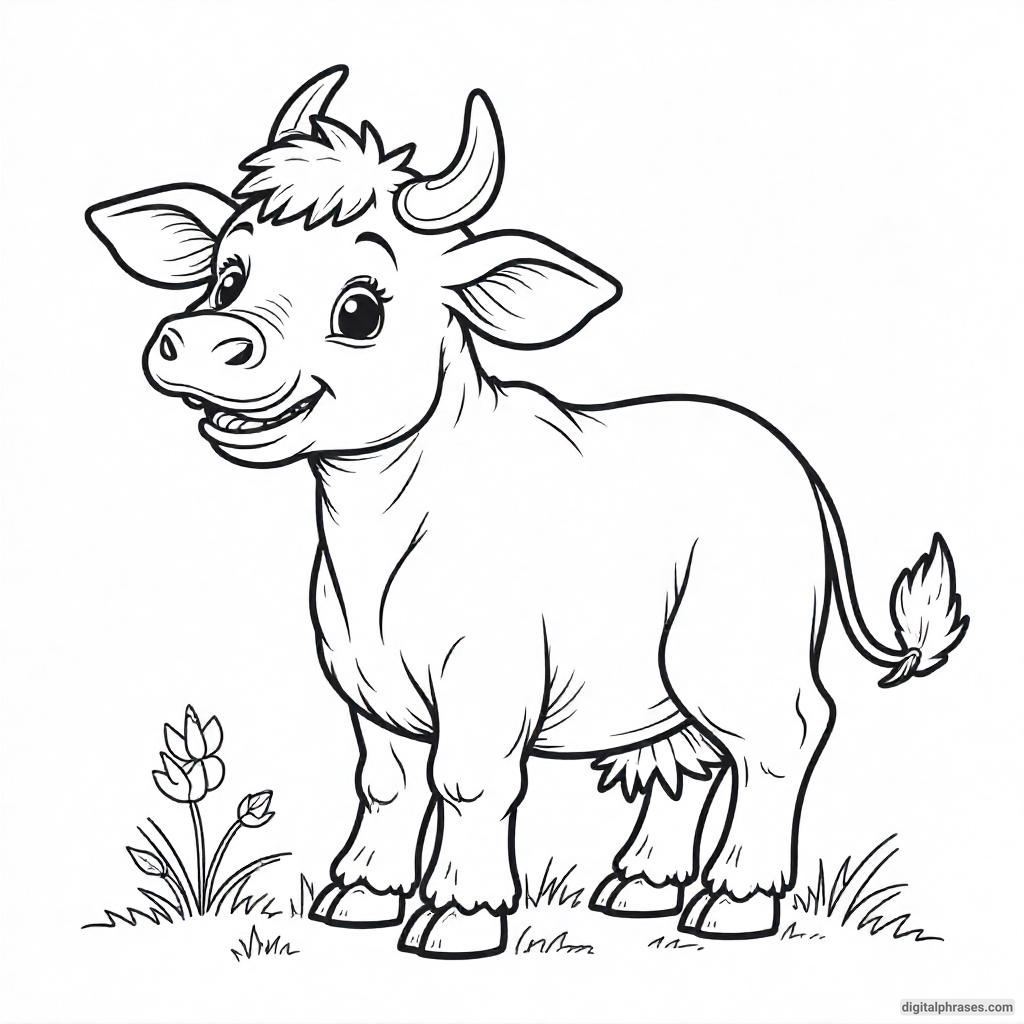
6
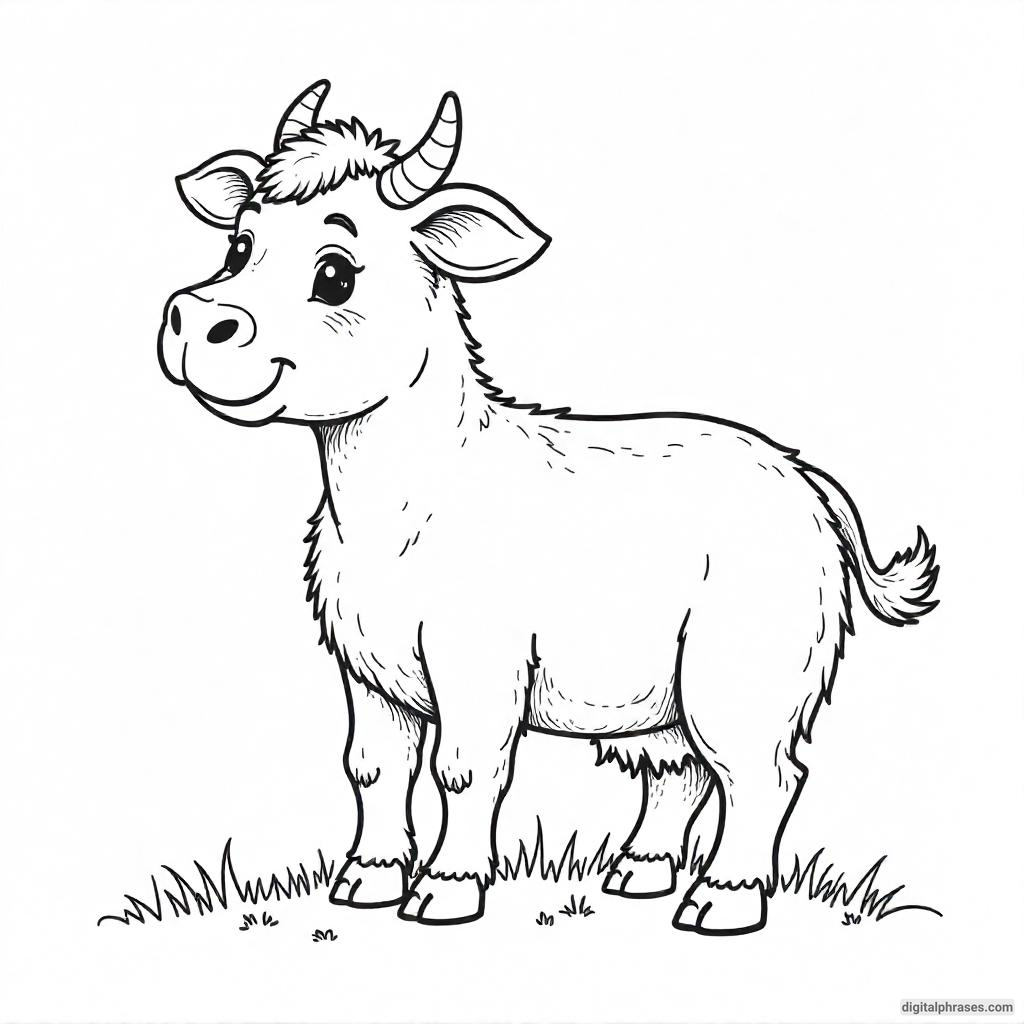
7
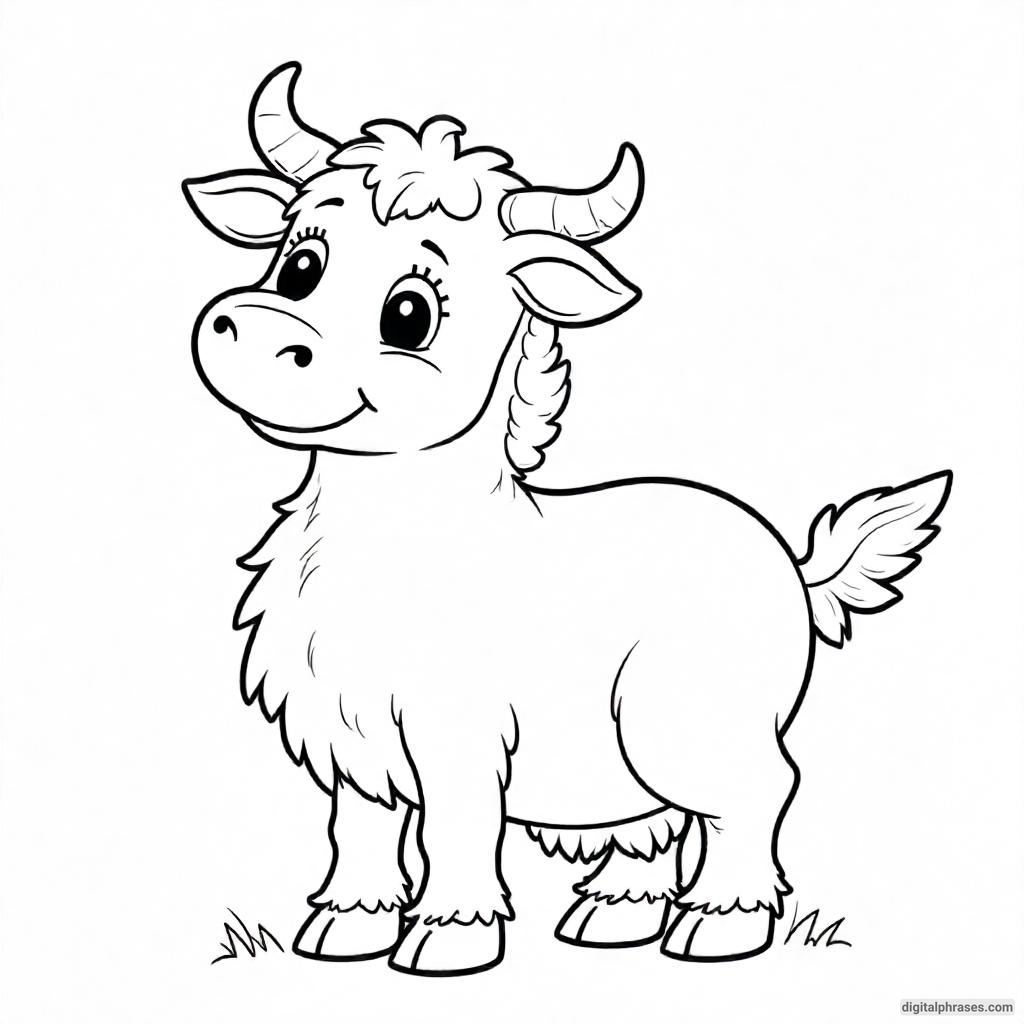
8
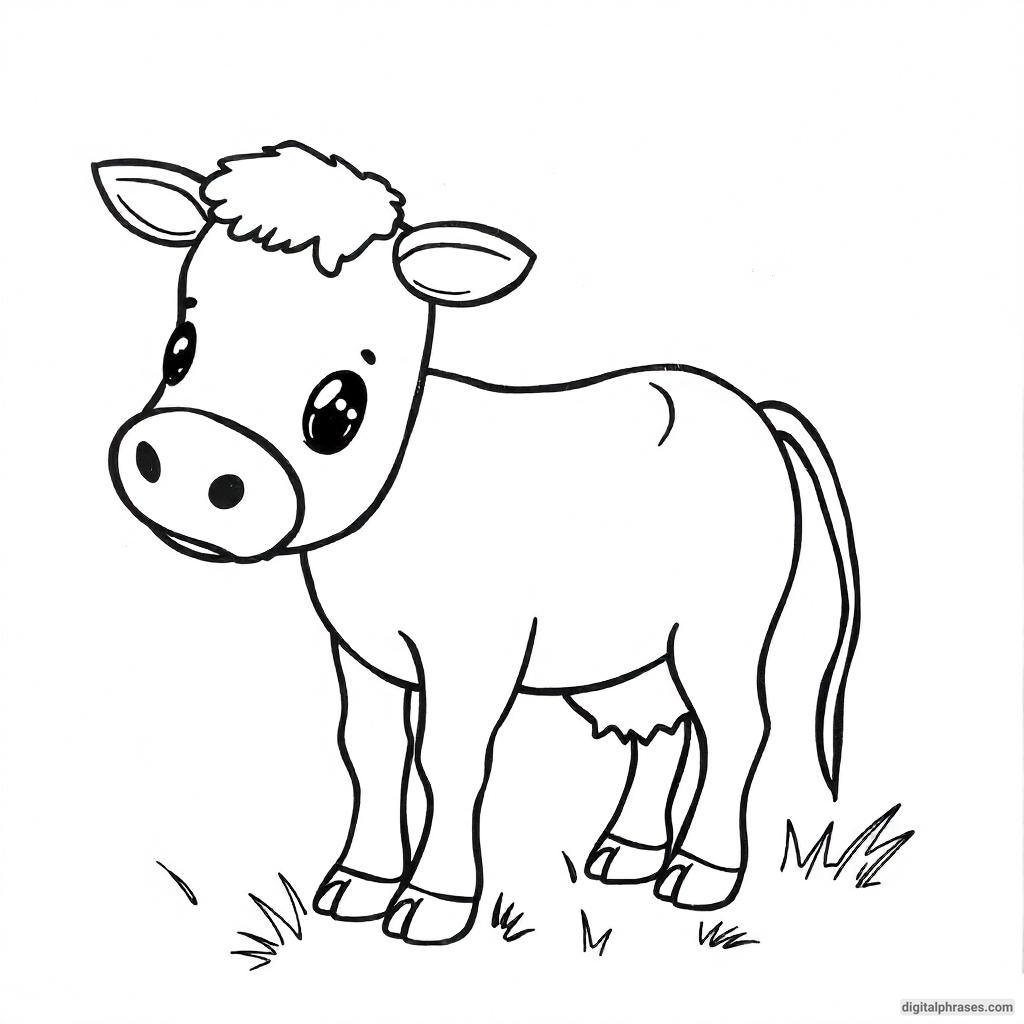
9
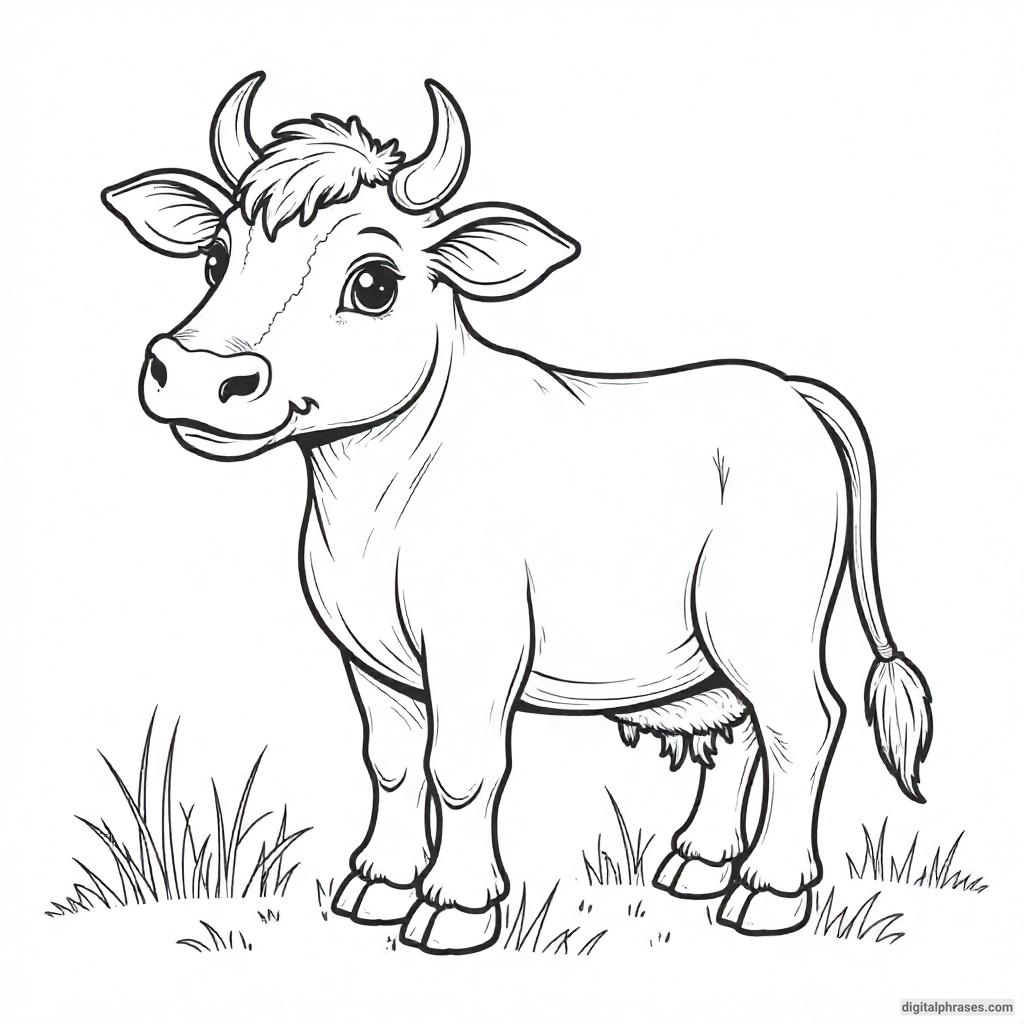
10

11
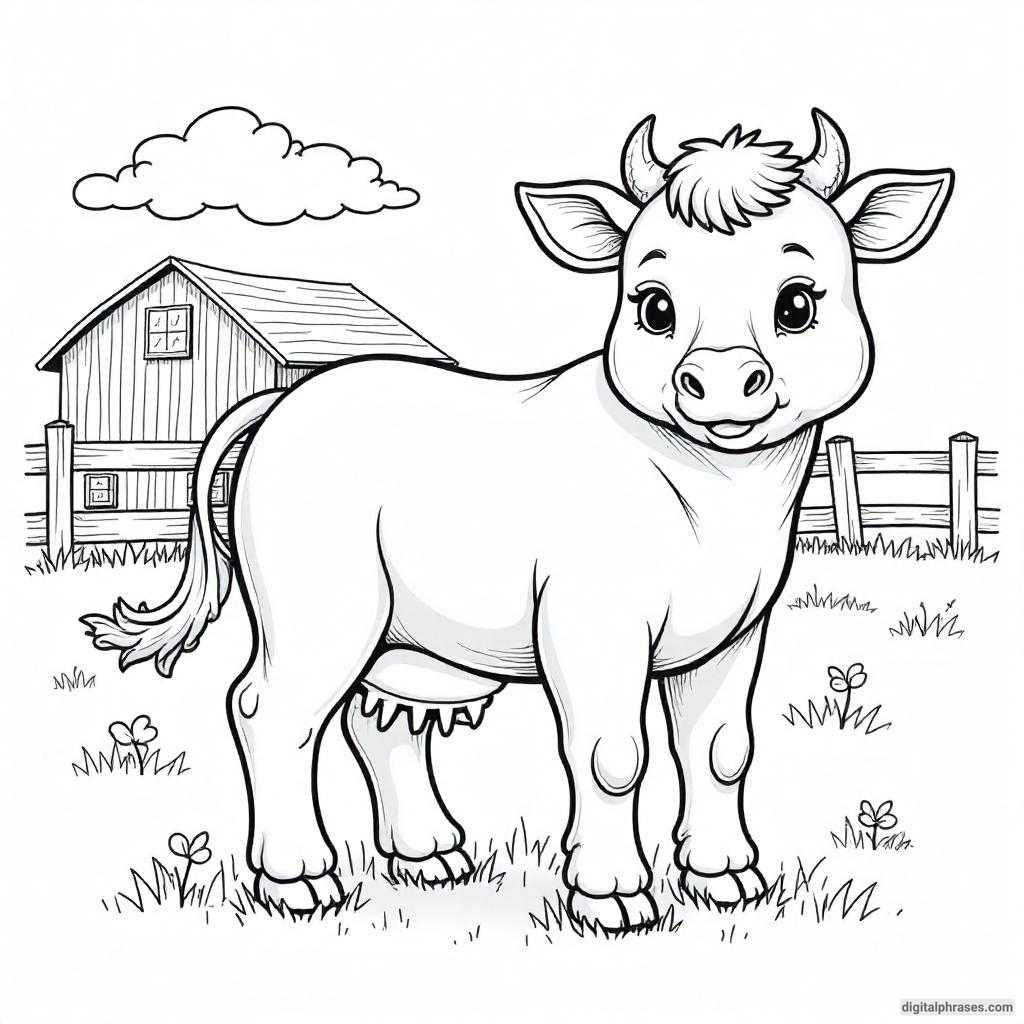
12
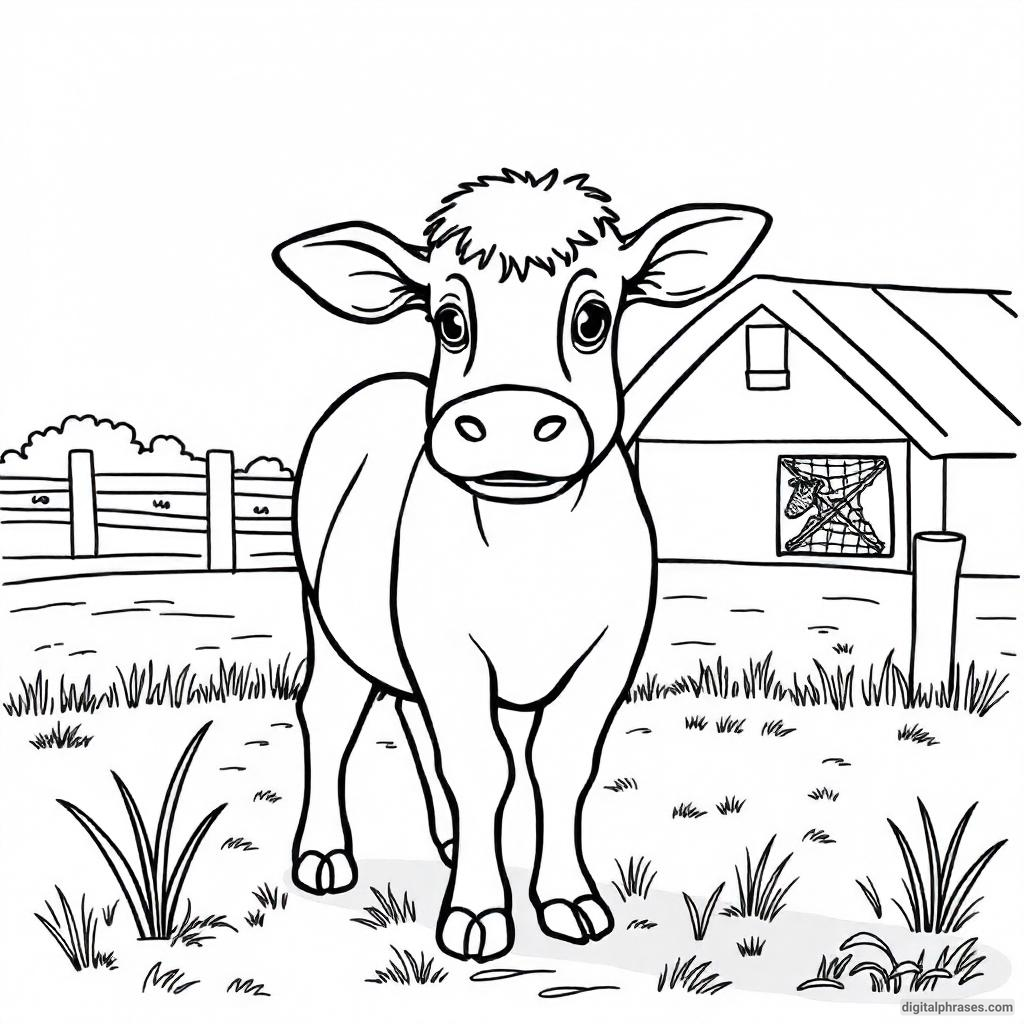
13
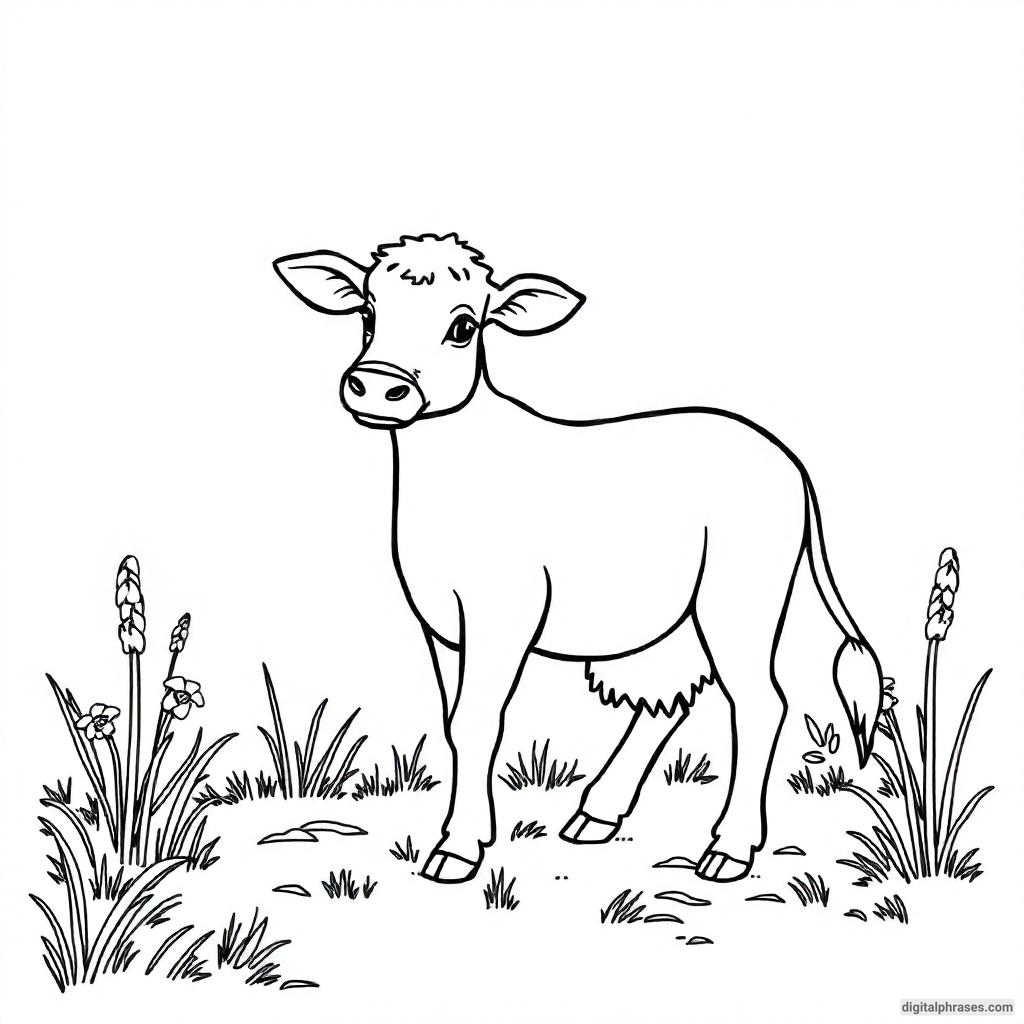
14
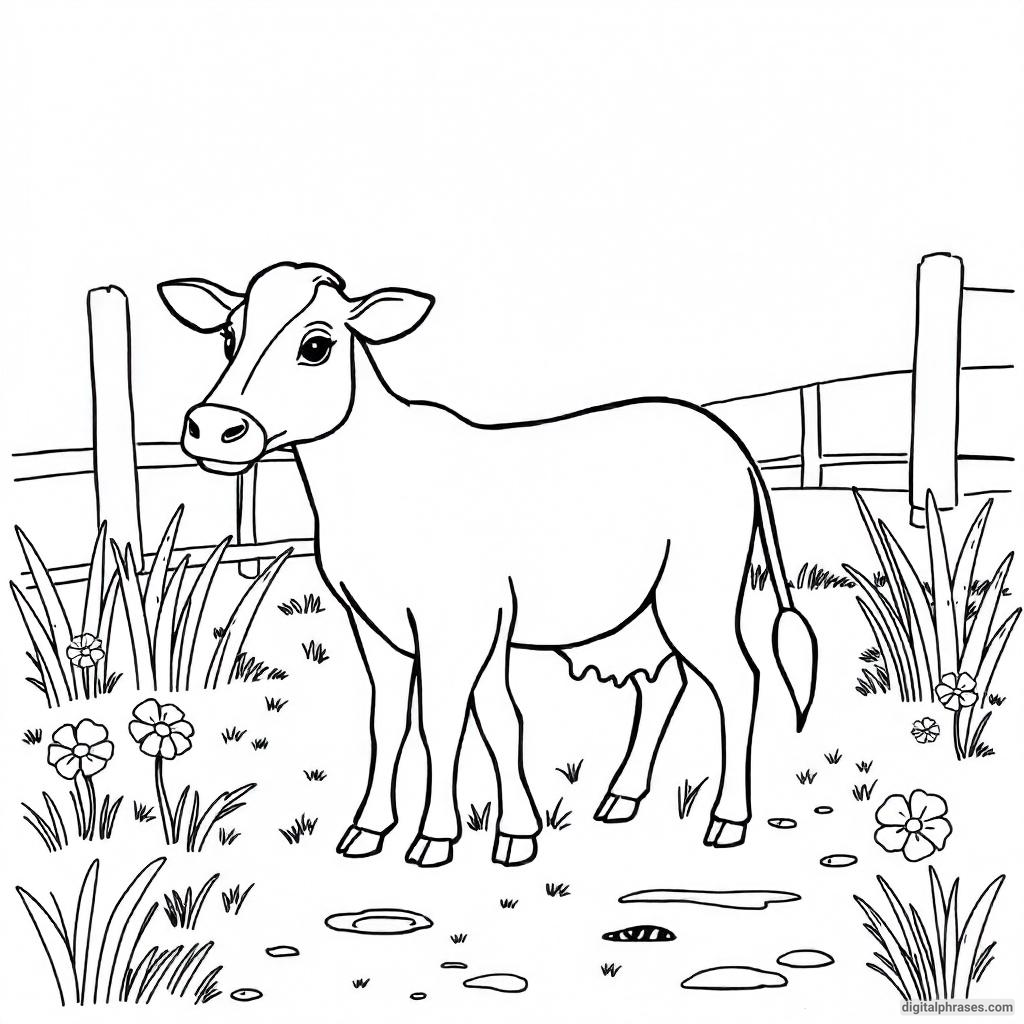
15
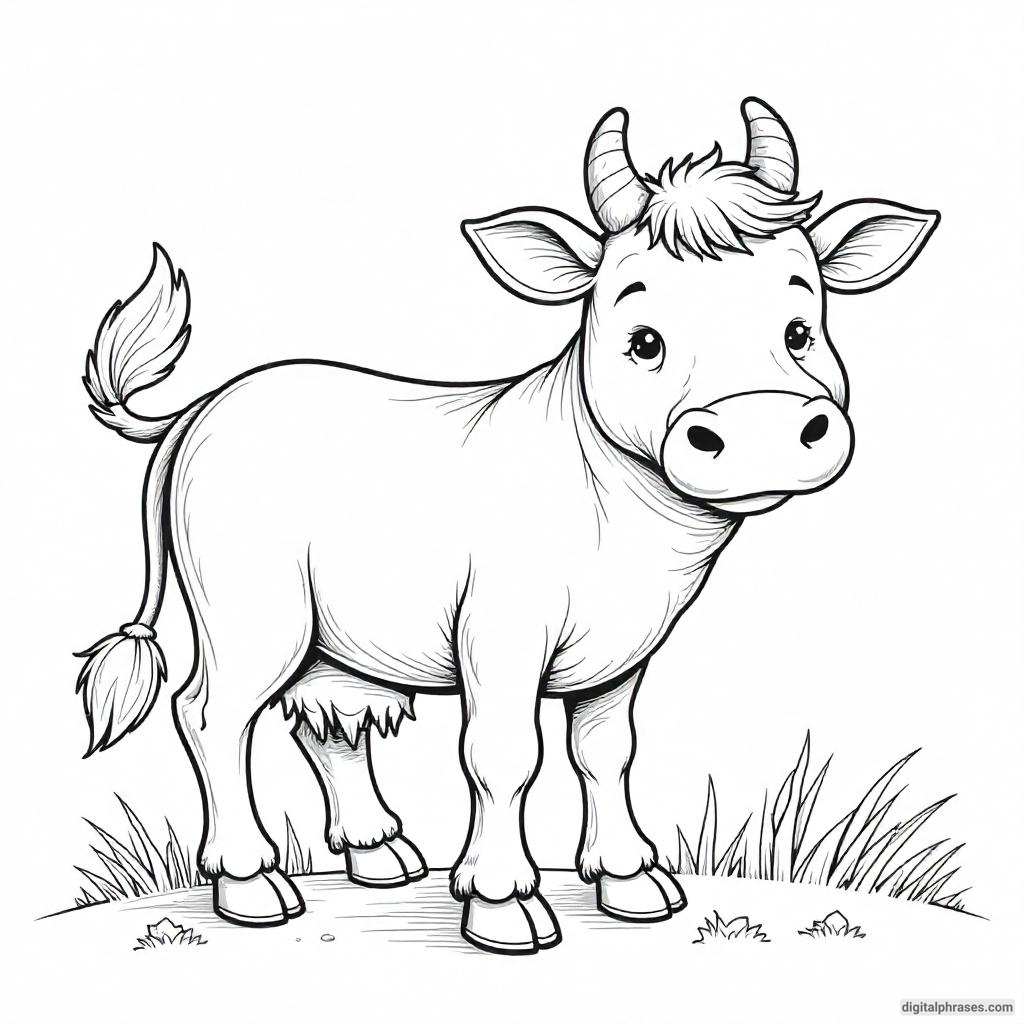
16
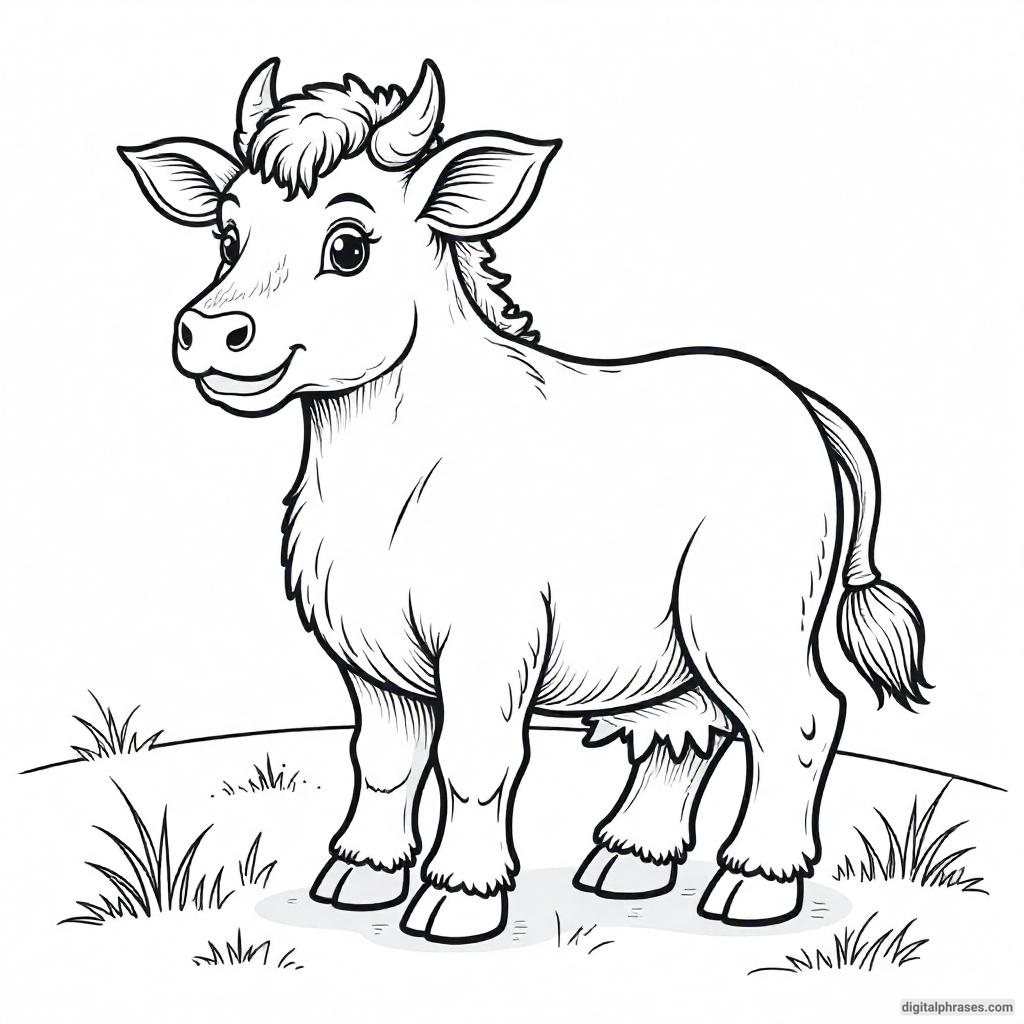
17
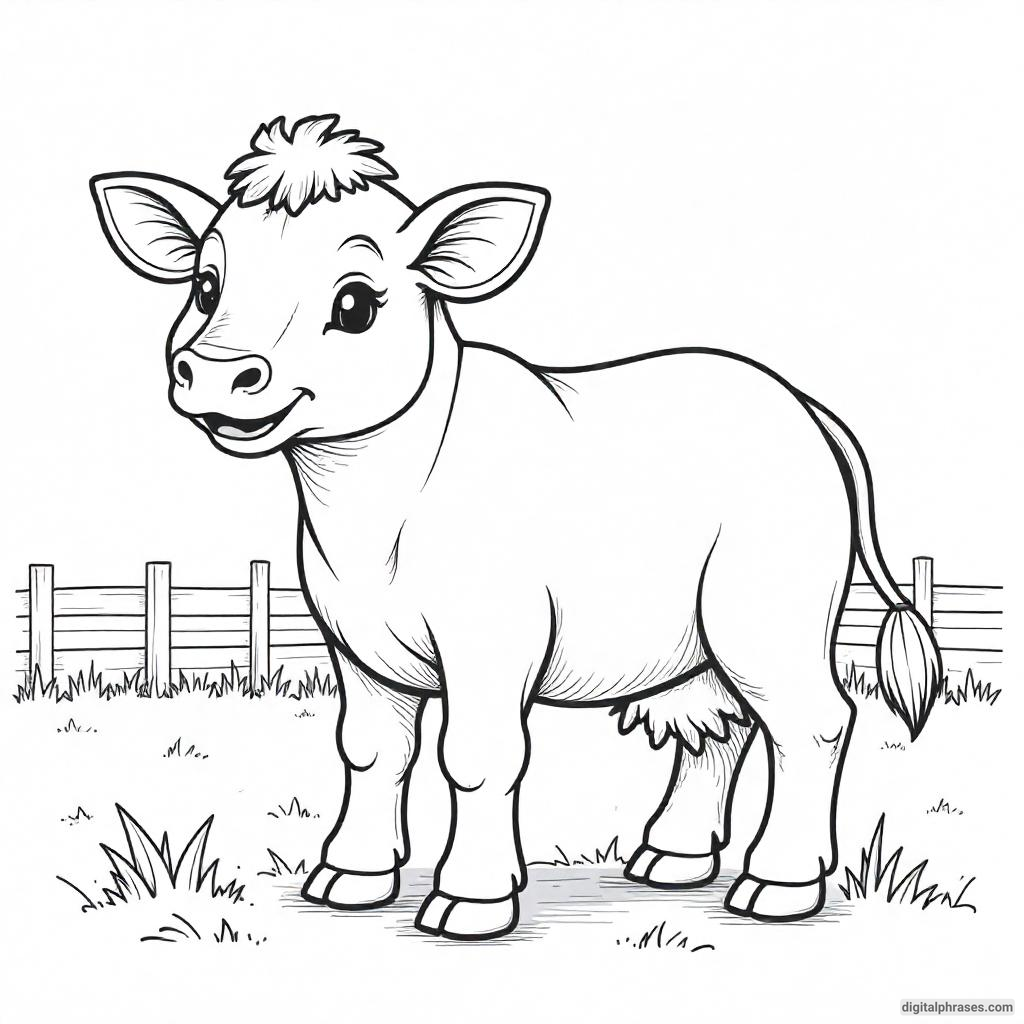
18
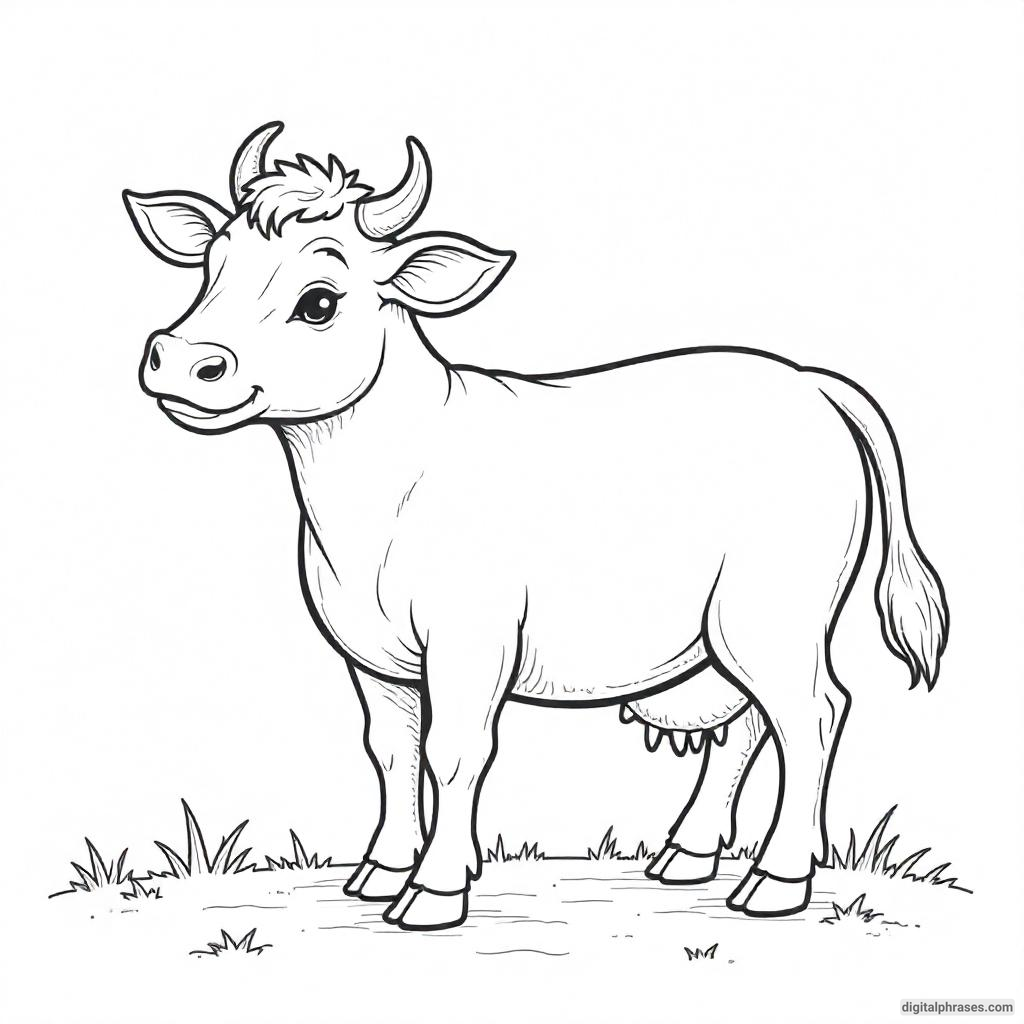
19
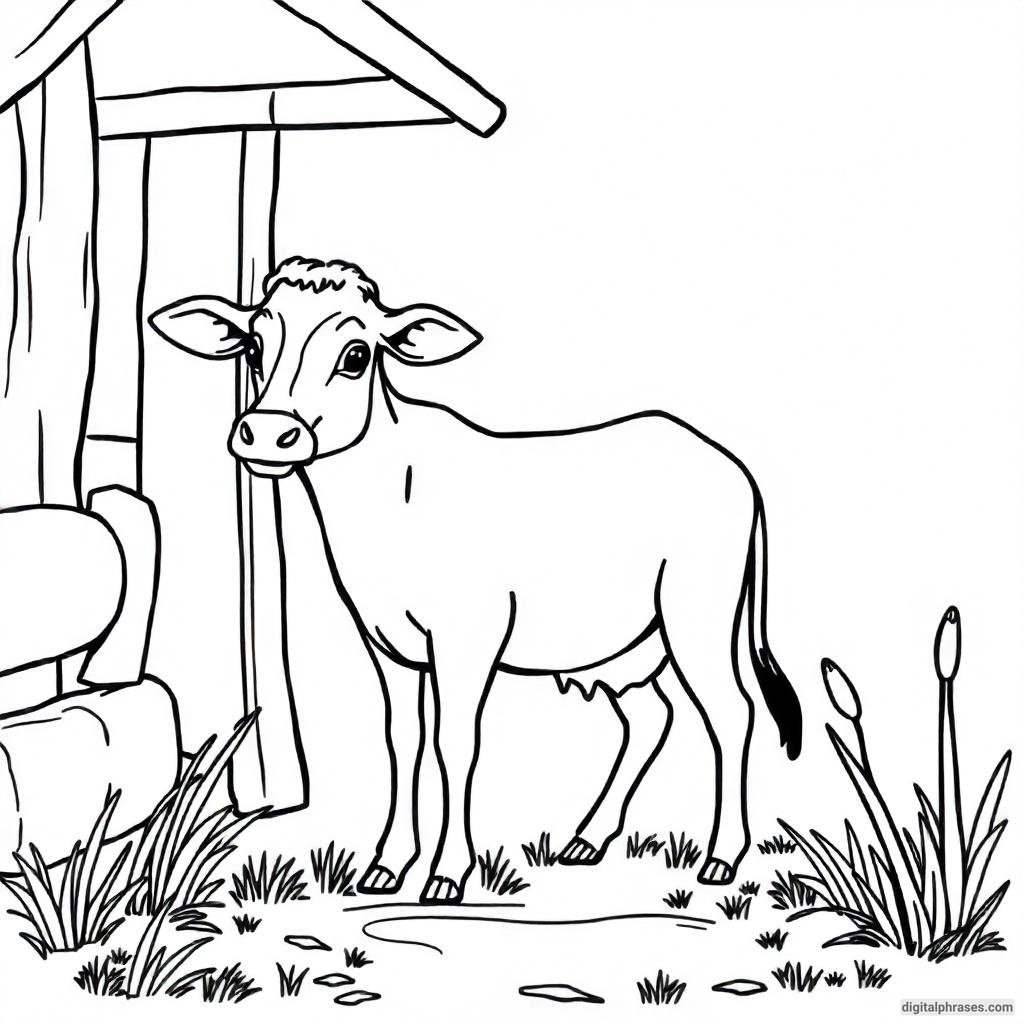
20
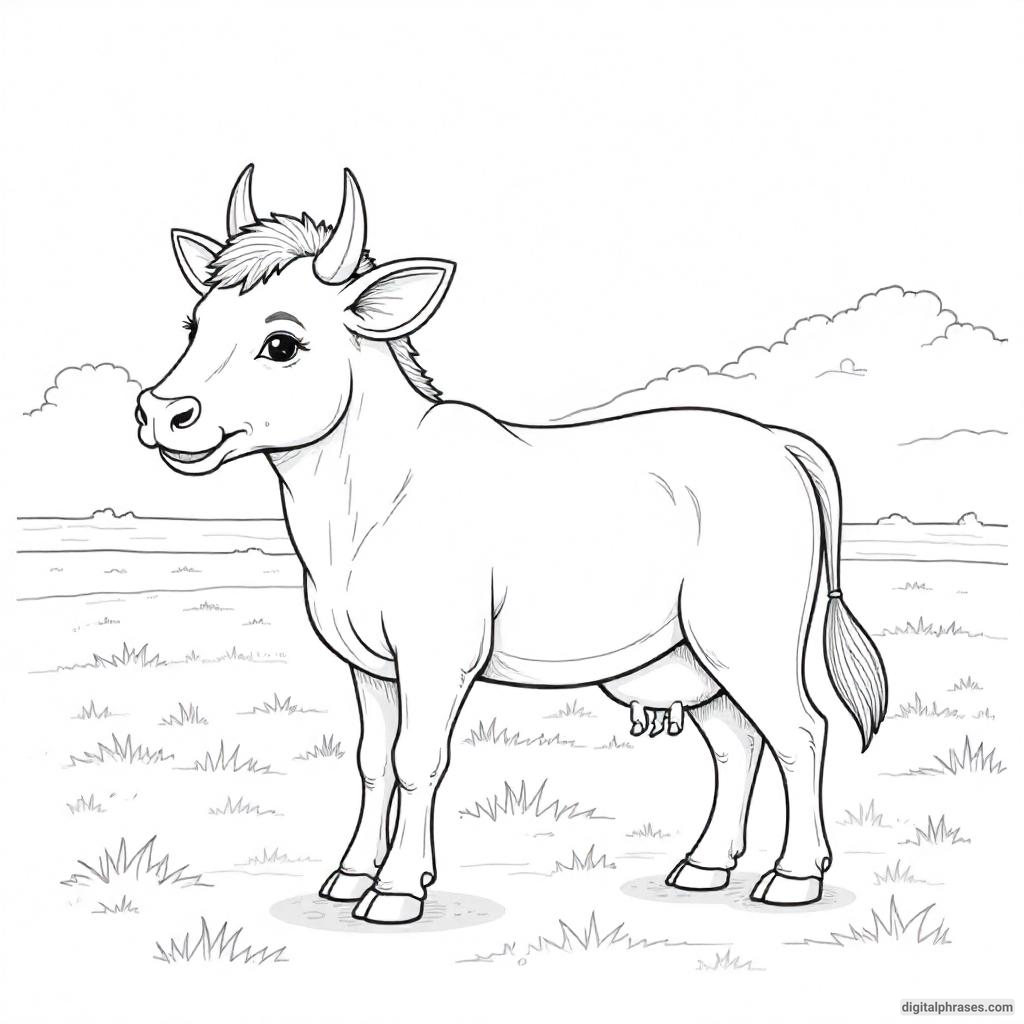
21
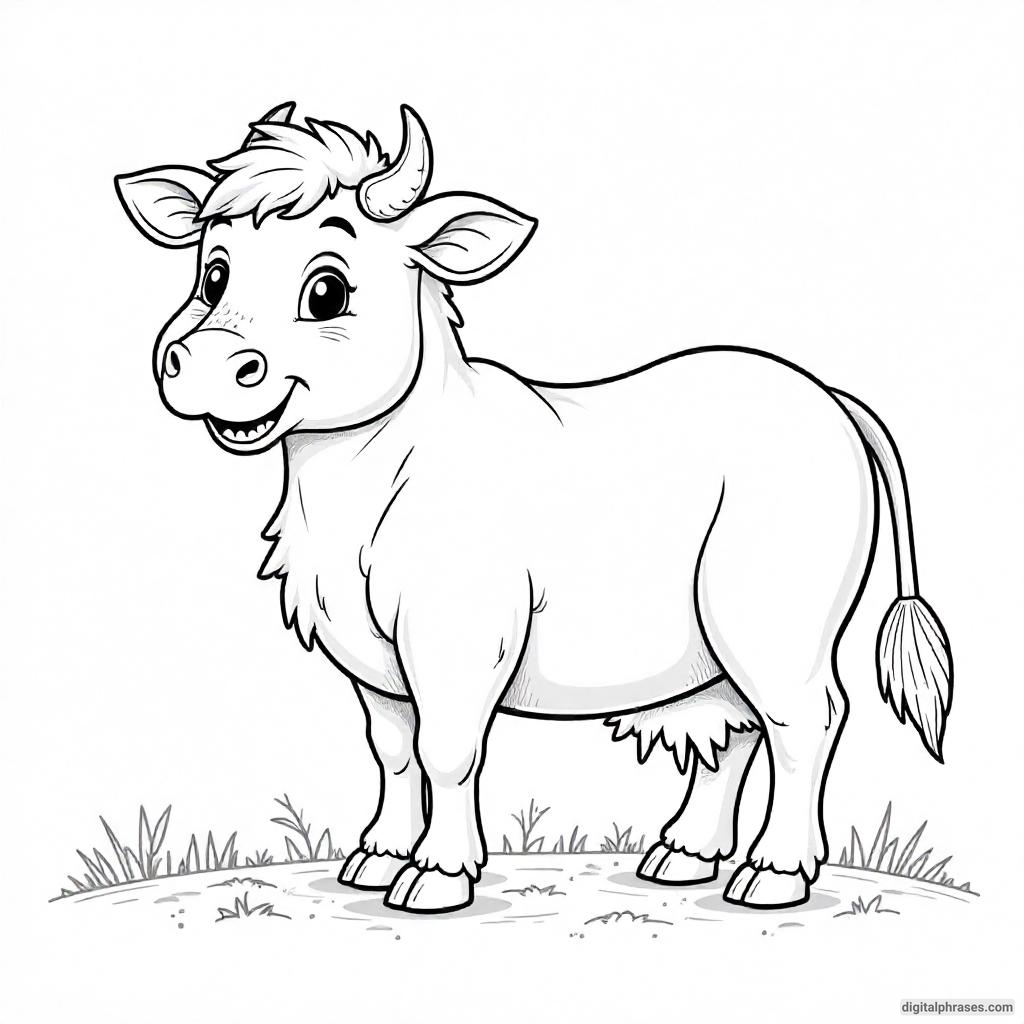
22
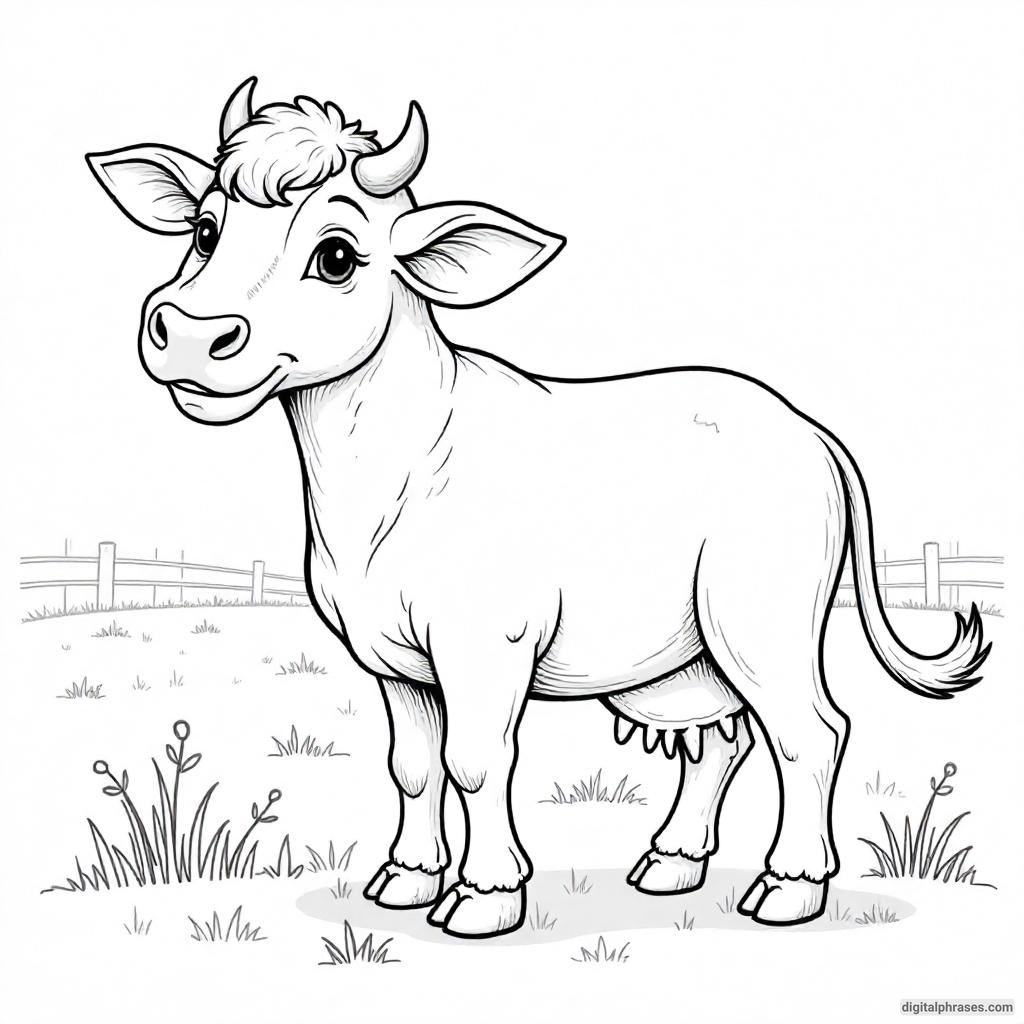
23

Things to Keep in Mind While Coloring Farm Animals (From Someone Who’s Definitely Colored Outside the Lines)
1. Know Your Farm Animals: Embrace the Basics
First things first—let’s talk about color accuracy.
Now, I know, coloring is all about creative expression, and I would never suggest you abandon your wild imagination. (Trust me, I still wonder what life would be like if pigs really were blue and ducks sported pink polka dots.)
But if you’re aiming for something that resembles an actual farm animal, it helps to know what they look like in real life.
For instance:
- Cows are usually shades of brown, black, or white—sometimes all three at once if you’re dealing with Holsteins!
- Chickens come in a variety of colors, from white to red to speckled.
- Pigs are famously pinkish or muddy brown, but hey, a clean pig is a happy pig, right?
- Sheep are generally white or black, but if you throw in a pastel-colored sheep for fun, I won’t judge.
My personal tip: Before you start, do a quick Google search for farm animal photos. Not only will you see the natural colors, but you might also find inspiration for shading and textures you can replicate.
And yes, you’ll also stumble across someone who decided to color a cow like a galaxy. That’s called balance.
2. Shading and Texture: Bringing the Barnyard to Life
Now, let’s take things up a notch—it’s time to get fancy. If you really want your coloring pages to impress (you know, for the Instagram likes or the “Look, Mom! I can color inside the lines now!” moments), try adding some shading and texture to your animals.
Farm animals have fur, feathers, and scales, so keep that in mind when you’re filling in their bodies.
You don’t want your cow looking as smooth as a dolphin—unless you’re creating some kind of hybrid farm (which I might actually be here for).
Here are some quick shading tips:
- Fur and feathers: Use short, light strokes in the direction the fur or feathers would naturally fall. For cows and horses, try soft, sweeping lines to mimic short fur, whereas for chickens or ducks, you can add light feather detailing.
- Hooves, snouts, and beaks: These areas are smoother and harder, so you can use solid coloring here, but try blending two shades of the same color to make them look more realistic.
- Wool (for the sheep lovers out there): Go for soft, circular motions when coloring sheep. Their wool is fluffy, so you’ll want to keep it light and not too dense. Also, maybe don’t color them like you’re filling in a brick wall. Unless you want them to look extra woolly.
3. Choosing the Right Colors: Know When to Get Creative (And When Not To)
Look, I’m not here to squash your creativity. If you want a neon green rooster with rainbow wings, by all means, have at it.
But for those of you who are trying to keep your farm animals grounded in reality—or at least somewhat tethered to it—here are some tips for choosing colors that pop but still make sense.
a. Keep It Natural (Mostly)
When in doubt, sticking to natural colors can help your animals look more… well, animal-like.
But that doesn’t mean you can’t jazz it up a bit! You could opt for softer pastel versions of natural colors, or maybe give your pig a bit of extra flair with a deeper, earthy tone to make him stand out.
A gentle blend of pinks and browns can make your pig pop without making it look like a cotton candy disaster.
b. But Also, Don’t Be Afraid to Go Bold
Let’s be real: coloring is about having fun, so if you want to give your cow a bold stripe of neon pink or throw in some glittery feathers on your hen, go for it! Maybe you’re coloring these farm animals with your kids (or because you’re just as entertained by coloring as a grown-up), and they want to see a blue horse or a purple cow.
Why not let them?
It’s their creative vision, after all. (Plus, purple cows are way cooler than the real ones.)
You might just surprise yourself with how cool a “fantasy farm animal” can look. Just make sure you balance those wild colors with some neutral ones, so it doesn’t look like your barnyard got caught in a paint explosion.
4. Mind the Background: Your Animals Don’t Float in Space
One thing I’ve learned through my many years of coloring (and trust me, I’ve colored a LOT of farm animals), is that your coloring page doesn’t end with the animal itself.
Nope!
Those animals need some context—they need a background. You don’t want your sheep floating in some kind of blank void like it’s a character in a bad sci-fi movie, do you?
Here’s a simple strategy for backgrounds:
- Grass: A farm animal’s best friend. Add some green under your cow or horse, but don’t just color it one flat shade. Mix it up by blending darker greens for shadowy areas and lighter greens for sunny spots.
- The sky: You don’t have to go all out with a sunset (although, kudos to you if you do), but adding a nice blue sky or even a few clouds can make your page look more complete.
- Barns, fences, and trees: These don’t have to be super detailed, but a little structure can make the scene look much more lively. You can even get creative with wooden textures on the barn or give the trees some subtle shading to make them stand out.
5. Don’t Forget the Details: Eyes, Noses, and Ears
As much as we love a good color job, sometimes the magic happens in the small details.
Pay special attention to the eyes, noses, and ears of your farm animals. These little areas can bring your animal to life (and avoid that creepy, lifeless stare that can sometimes happen if you color eyes too solidly).
- Eyes: Leave a tiny bit of white in the eye for a natural shine effect. It can make your cow or horse look more alive—and maybe less like it’s plotting something.
- Noses: Blend a bit to make the noses look soft and smooth. For pigs, use light strokes of pink and add some shading for depth.
- Ears: Add some shading to the inside of the ears for dimension, especially for animals like horses and sheep. Trust me, this tiny touch makes a huge difference!
6. Experiment With Different Tools: Crayons, Markers, and Pencils, Oh My!
Each coloring tool has its strengths and weaknesses. While crayons are great for broad strokes and nostalgia, colored pencils give you more control over detail and shading.
Markers, on the other hand, offer vibrant colors that can make your farm animals pop off the page (just be careful about bleeding through the paper—been there, done that).
Personally, I like to mix things up:
- Crayons for background elements like grass and sky (broad and fast coverage).
- Colored pencils for fur texture, feathers, and detailed shading.
- Markers for the bold parts like eyes, hooves, and spots on cows. (And for the occasional rogue polka-dotted pig.)

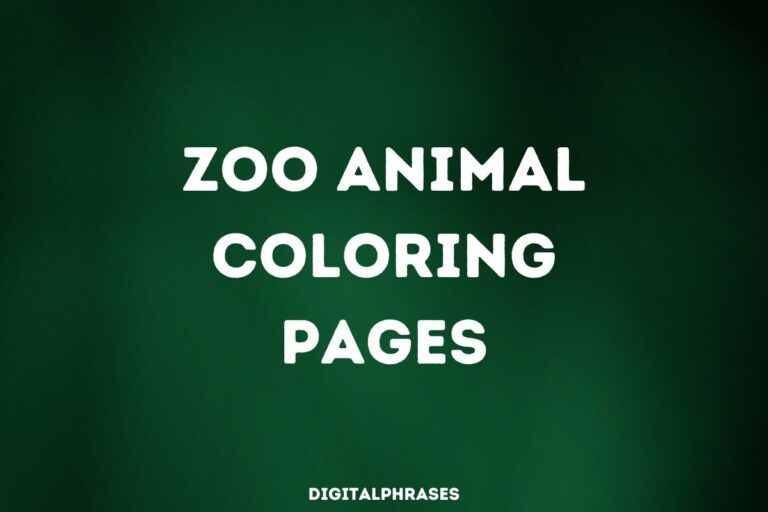

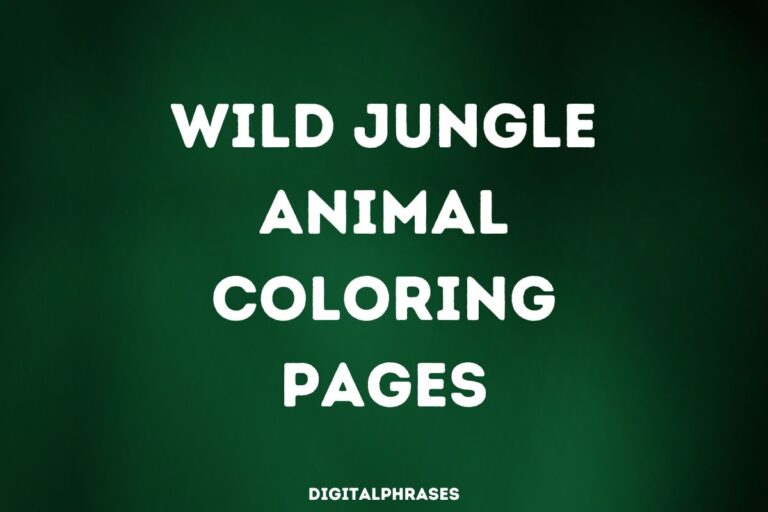
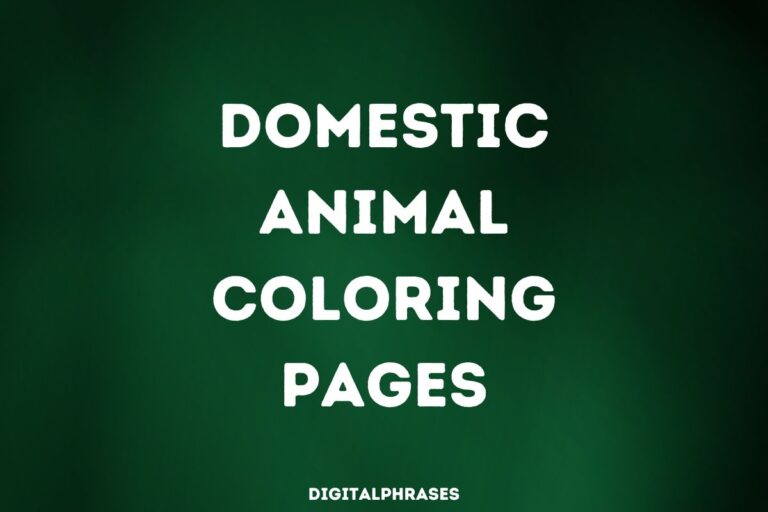
![130 Coloring Pages Of People [Contains Pages For Kids, Adults, Teens, Beautiful People and Much More] 130 Coloring Pages Of People [Contains Pages For Kids, Adults, Teens, Beautiful People and Much More]](https://digitalphrases.com/wp-content/uploads/2024/10/coloring-pages-of-people-768x512.jpg)
